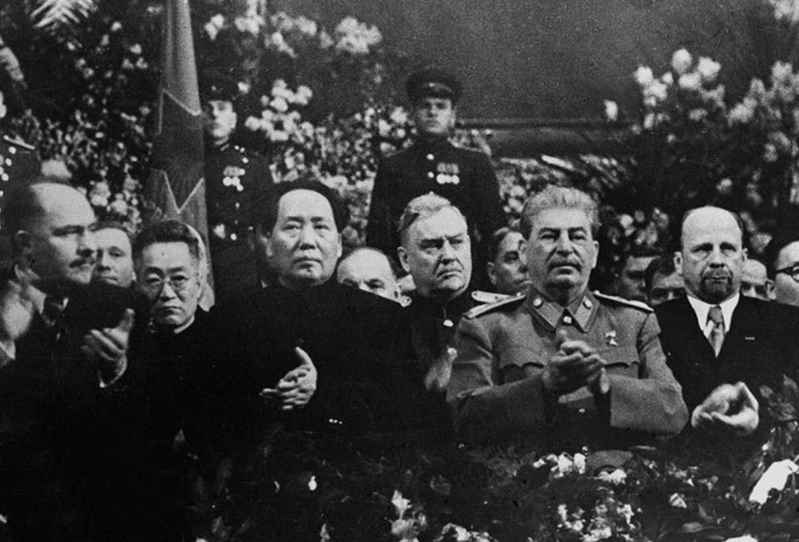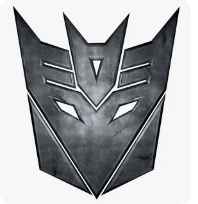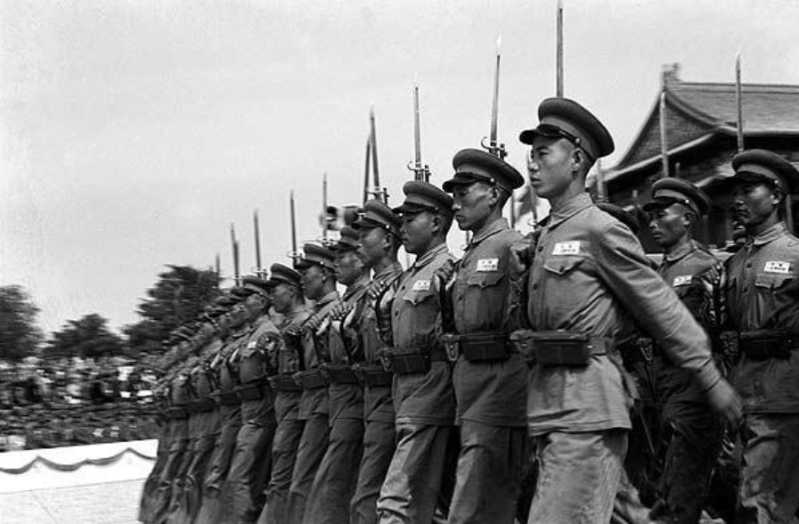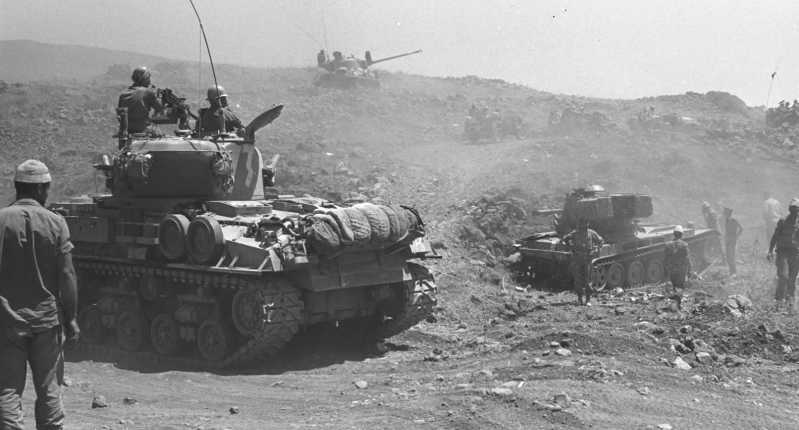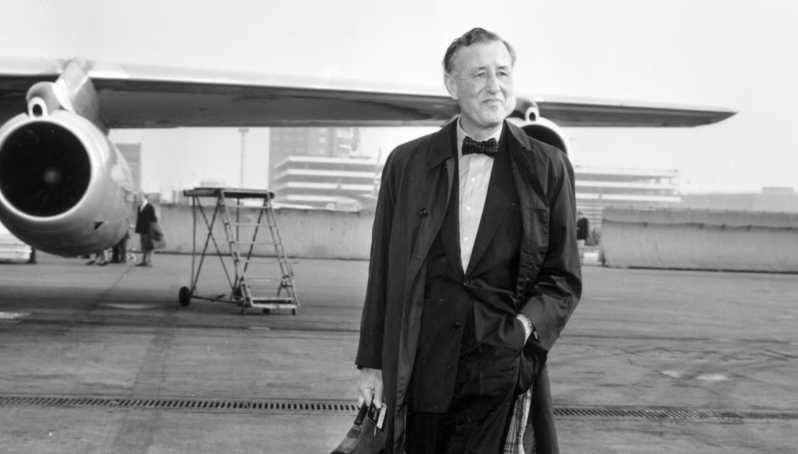On December 6, 1949, Chairman Mao boarded a train to the Soviet Union. At that time, the People’s Republic of China had only been established for two months. After a century of war and destruction, the newly born People’s Republic of China had a lot of work to do, and countless arduous tasks were waiting for the Chairman to complete. The Chairman’s visit to the Soviet Union at this time puzzled many people in China: "How can a head of state go out to "pay a visit" as soon as the country is founded?"
Under such huge pressure, what Chairman Mao wanted to do was of course earth-shaking. Chairman Mao wanted to break the "rules" of the old world - he wanted to persuade Stalin to abandon the "Sino-Soviet Friendship and Alliance Treaty", also known as the "Yalta Agreement".
In February 1945, World War II was drawing to a close, and the US fleet was about to hit the Japanese mainland. However, although Japan was doomed to fail, it had no intention of surrendering, but instead frantically clamored for a "decisive battle on the mainland" with the United States. Japan was not just talking, they prepared a terrifying "100 million suicides" plan for the decisive battle on the mainland. The basic spirit was to call on every Japanese to become a human bomb and use suicide to fight American soldiers to the extreme. The president of the United States at that time was Roosevelt. His staff told him that if Japan really followed this stupid plan, then if they really wanted to conquer the Japanese mainland, at least another million Americans would die. Roosevelt was scared when he heard it, and decided to pull an ally to fight Japan with the United States no matter what. So, at the subsequent meeting of the United States, the Soviet Union and the United Kingdom held in the Yalta region of the Soviet Union, Roosevelt urged Stalin to join the war against Japan, and the conditions were all negotiable.
Stalin meant that he could send troops, but the Soviet Union had to get some benefits. So Stalin took out the agreement he had carefully prepared, which was the Yalta Agreement signed by the United States, Britain and the Soviet Union. The main content was as follows:
1. Agree to the Soviet Union to lease China’s Lushun and Dalian as naval bases, and hand over the Manchuria Railway in Northeast China to the Soviet Union;
2. Let China’s Outer Mongolia region be independent;
3. Sakhalin Island and its nearby islands, as well as the Kuril Islands, are all assigned to the Soviet Union.
4. If the United States and Britain agree to these conditions, the Soviet Union will send troops to fight Japan.
It should be noted that these clauses in the agreement were not thought up by the Soviet Union on the spur of the moment. Each of them was a political demand that the Soviet Union had been planning for many years. Among them, the Soviet Union’s pursuit of the ice-free port of Lushun can even be traced back to the Tsarist era.
1. Lushun, Dalian and the Manchurian Railway: The Soviet Union’s deep longing for ice-free ports
As early as the reign of Peter the Great, Russia realized that if it wanted to become a true superpower, maritime hegemony was essential. The problem is that Russia has never had an ideal outlet to the sea. Although Russia has a long coastline, all the ports it has are the kind that freeze in winter. If it wants to fight with others in winter, it has to tell the opponent to wait and see me break the ice and come out to deal with you. The first port that Russia grabbed in the Far East was Vladivostok, but this port was very unsatisfactory. Vladivostok has a long freezing period in winter. What’s worse is that if you set out from Vladivostok to the Pacific Ocean, you must pass through the Tsushima Strait controlled by Japan, the enemy, on the way, which is very painful. The Port of Lushun is not only the largest ice-free port in the Far East, but also has a very hidden location, with no obstacles to entering and leaving the Pacific Ocean, which makes the Russians salivate.
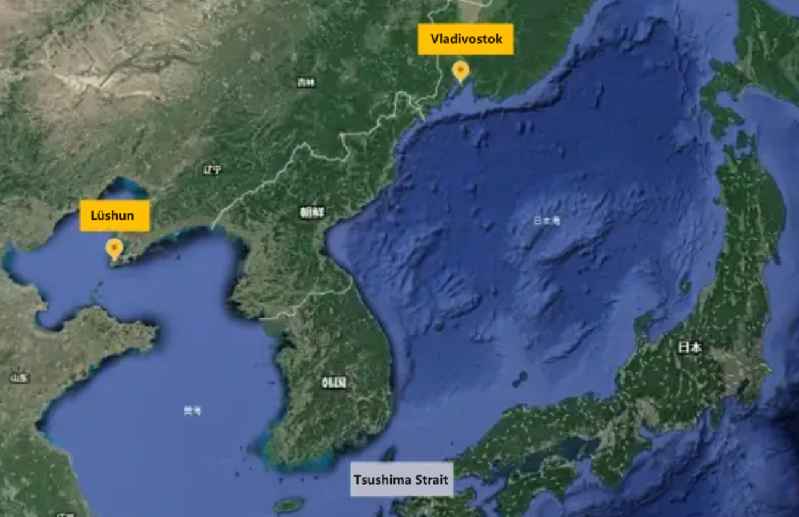
In 1898, Tsarist Russia successfully forced the weak Qing government to sign the "Lüshun Lease Treaty" and forcibly "leased" the Port of Lushun. However, soon after, Tsarist Russia was defeated in the Russo-Japanese War, and the Port of Lushun was taken away by the Japanese. 40 years have passed, and the Tsarist Russia of that year has become the Soviet Union, but it still can’t forget this pain in its heart. Now that I finally found an opportunity, of course I quickly asked to take the Port of Lushun back. But it’s useless to just have a port, there must be a road to transport troops. Therefore, the Manchurian Railway mentioned in the "Yalta Agreement" is actually the railway line connecting the Soviet Union and the Port of Lushun, which is an essential subsidiary product for the Soviet Union to control the Port of Lushun.
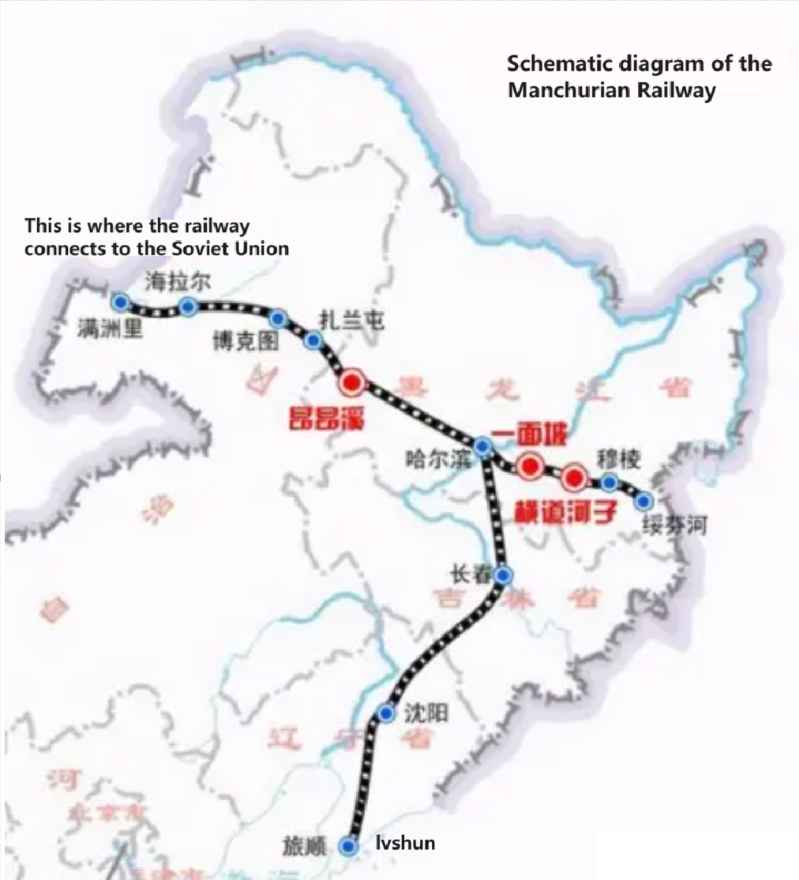
2. Outer Mongolia Independence: Buffer Zone Maniac
As for why the Soviet Union wanted Outer Mongolia to be independent, it was because the border of Outer Mongolia was too close to the Soviet Union’s Siberian Railway. To understand this problem, we must first have a brief understanding of the Trans-Siberian Railway. As shown in the figure, this railway crosses the entire Russian continent and is an important lifeline connecting the east and west of Russia.

How important is this railway? Let me give you an example. Suppose Japan attacked Vladivostok, the easternmost part of Russia. If there were no railways, then Moscow’s troops could only walk to reinforce, 40 kilometers a day at most. If nothing unexpected happened, reinforcements would arrive in about a year; and with the railway, the troops could be transported to the front line in as fast as a week, which is completely different.
So where is the problem? Let’s take a look at the picture above. The entire eastern half of this railway line, known as the Soviet Union’s artery, is close to the national border. If Outer Mongolia belongs to China, then China can attack at will along the thousands of kilometers long border, and even many places are directly within the range of Chinese artillery fire. The cost of Soviet border defense will be ridiculously high. What’s worse is that at that time, Chiang Kai-shek in China was obviously an agent of the United States, which meant that the Soviet Union was always under the control of the United States. Who could bear this? As a well-known buffer zone fanatic, the Soviet Union solved this problem by creating a buffer zone on the border between China and the Soviet Union - that is, Outer Mongolia. After Outer Mongolia became independent, the Soviet Union only needed to send troops to defend the northeastern part of the border, and the pressure was at least reduced by half (in fact, the new China did have a conflict with the Soviet Union in this place later).
3. Sakhalin Island and Kuril Islands
These two are relatively easy to understand. You can tell by looking at the location of these two islands (see the picture below). After these two islands were ceded to the Soviet Union, the Soviet Union swallowed up a large area of northern Japan. The benefits are self-evident:
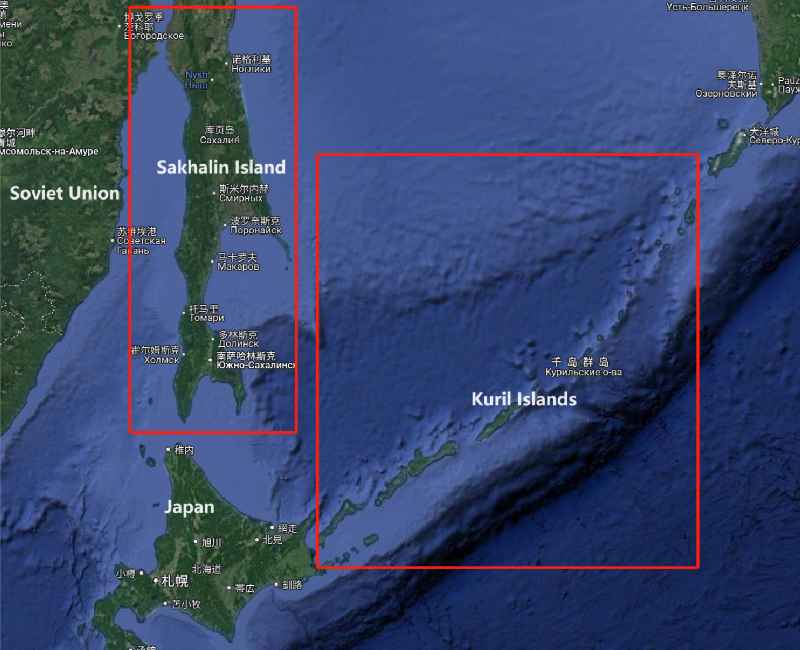
After Stalin finished talking about the conditions, Roosevelt thought about it and realized that the Soviet Union did take advantage of these conditions, but either the Chinese would suffer or the Japanese would be unlucky. The Americans didn’t have to pay anything, so there was no problem. However, Roosevelt still added one more thing: Outer Mongolia and Lushun and Manchuria Railways were all Chinese sovereignty issues, and China was an ally after all. The United States was embarrassed to sell out its allies directly. The Soviet Union had to seek Chiang Kai-shek’s consent after the meeting. Then, the Soviet Union, the United States, and Britain signed this agreement at the Yalta Conference, which was the Yalta Agreement.
Soon, the United States and the Soviet Union urged Chiang Kai-shek to send someone to the Soviet Union to sign the agreement. Chiang Kai-shek sent Foreign Minister Song Ziwen. When Song Ziwen saw the terms, he gasped. How could this be signed? Whoever signed it would be a traitor. So Song Ziwen found a gap and ran back to China. After returning to China, he resigned directly and said that he would not go there no matter what. However, Chiang Kai-shek felt that it was possible to negotiate. His idea was: as long as this treaty was signed, the Soviet Union must recognize that the Kuomintang was the legitimate government of China and could not continue to support the Chinese Communist Party in public. This was what Chiang Kai-shek valued most. The Soviet Union soon gave Chiang Kai-shek more temptations. Stalin told Chiang Kai-shek that as long as you signed this agreement, I would settle the rebellion in Xinjiang with just one word (the Soviet Union had been inciting rebellion in Xinjiang, and the rebels were about to reach Urumqi at this time); moreover, the Soviet Union only wanted the right to use Lushun, Dalian and the Manchurian Railway in the Northeast, and the ownership of the entire Northeast still belonged to you. Once these conditions came out, Chiang Kai-shek could not resist the temptation at all. Although Chiang Kai-shek knew that losing Outer Mongolia was a sin for China, Outer Mongolia had already escaped Chiang Kai-shek’s control with the help of the Soviet Union. With Chiang Kai-shek’s ability, he himself had no confidence that he could take it back in the future. After much deliberation, Chiang Kai-shek finally gritted his teeth and temporarily promoted a foreign minister to sign the treaty, which was the Sino-Soviet Friendship and Alliance Treaty. The content of this treaty was basically the same as the Yalta Agreement, with more nonsense such as friendship and mutual assistance.
It can’t be said that it’s all nonsense. These nonsense are what Chiang Kai-shek values most. However, it was later proved that it was indeed nonsense. During the Kuomintang-Communist struggle for Manchuria, the Soviet Union gave great help to the People’s Liberation Army. This treaty was not taken seriously at all. Except for the part about Sakhalin Island and Kuril Islands related to Japan, the core content of this treaty is basically the same as the Yalta Agreement.
To summarize briefly, in order to get the Soviet Union to fight Japan together, the United States signed the Yalta Agreement with the Soviet Union and sold China’s Lushun, Manchuria Railway and Outer Mongolia to the Soviet Union; and in order to prevent the Soviet Union from supporting the Chinese Communist Party, Chiang Kai-shek agreed to the Yalta Agreement and signed a Sino-Soviet Friendship and Alliance Treaty with the Soviet Union with the same core content.
The Sino-Soviet Friendship and Alliance Treaty has nothing friendly except the name. All the clauses are the Soviet Union’s naked encroachment on China’s sovereignty. It is a completely humiliating treaty. Chairman Mao visited the Soviet Union immediately after the founding of the People’s Republic of China, hoping to overturn this contract. However, after saying so much, everyone should have understood that Lushun and Outer Mongolia are of great strategic significance to the Soviet Union. It was not easy to take them down, and the Soviets would never spit them out out of thin air. Therefore, Chairman Mao’s task is not enough to be described as pulling teeth from a tiger’s mouth. It is a completely impossible task.
You may ask, wasn’t this agreement signed by Chiang Kai-shek and the Soviet Union? Wouldn’t it be over if China didn’t recognize it? Actually, it is not impossible. In fact, after the founding of New China, most of the unequal treaties signed by the Qing Dynasty and the Republic of China with Western countries were not recognized, and all foreign embassies in Dongjiaomin Lane were driven out. But the problem is that there is only one country that is an exception, and that is the Soviet Union. When the War of Liberation was about to win, Chairman Mao faced an extremely important choice, that is, whether to rely on the Soviet Union or the United States after the founding of New China. It would definitely not work if no one was relied on. China had fought for a hundred years, and the economic production of the whole country was a complete mess. If it relied on its own strength alone, it would not be able to develop the economy. For such a large country, it said that it wanted to be neutral, and the result would definitely be killed by the two giants of the United States and the Soviet Union.
Contrary to what everyone imagined, Chairman Mao actually liked the United States more at the beginning. Chairman Mao always felt that the Soviet Union was not a good partner. In 1945, the United States sent an observation group to Yan’an, and they had a good chat with Chairman Mao. Later, Chairman Mao fell ill and said that he wanted to go to the United States for medical treatment.

However, the United States also has its own problems. The problem of democratic countries is that they are completely disunited internally. Some people in the United States want to support our party, and the other part wants to support Chiang Kai-shek. As a result, the group supporting Chiang Kai-shek later found a reason to arrest the observation group sent to Yan’an. At this time, the Soviet Union had begun to provide us with practical assistance, so Chairman Mao also found that he had no choice, so he became more and more inclined to the Soviet Union. Finally, Chairman Mao published the famous article "Farewell, Leighton Stuart" in 1949. You can see it at a glance. This article actually has nothing to do with Leighton Stuart. The core idea is that China is telling the United States that it will cooperate with the Soviet Union in the future.
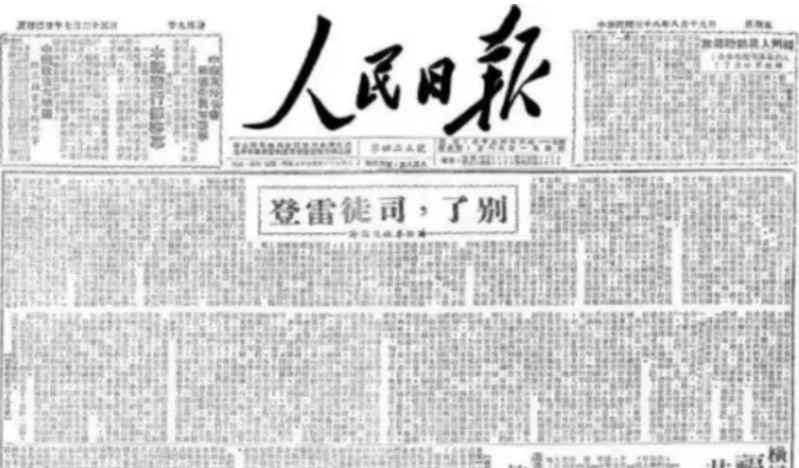
However, the biggest problem in cooperating with the Soviet Union is how to deal with the unequal treaties signed with the Soviet Union in the past. This kind of problem must be dealt with in the early stage of the regime change and the establishment of diplomatic relations between the two countries. Otherwise, the Soviet Union, which has taken advantage, will certainly default to the status quo, and it will be even more difficult to make the Soviet Union back down in the future. Therefore, Chairman Mao gritted his teeth and made up his mind to solve the most unequal "Sino-Soviet Friendship and Alliance Treaty" at the beginning of the founding of the country under the huge pressure of public opinion at home. The key is that Chairman Mao really has no chips in his hands. Although he personally visited the Soviet Union, Chairman Mao had no idea whether he could succeed. Therefore, Chairman Mao’s personnel for this visit were extremely streamlined, and he only brought a few personal secretaries, guards and translators with him.
On December 16, Chairman Mao, who had just arrived in the Soviet Union, had a formal meeting with Stalin. Chairman Mao went straight to the point at the beginning and told Stalin that we should revise the Sino-Soviet Friendship and Alliance Treaty. Stalin was also well prepared and pushed Chairman Mao back without making a sound. Stalin said that this treaty had too much influence and the entire Yalta Agreement was related to it. If you move here, Britain and the United States may also overturn the Yalta Agreement, which is not easy to deal with. Chairman Mao understood as soon as he heard it. Stalin had no intention of discussing it at all. Now things were difficult to deal with. Chairman Mao was a little angry, but there was really no good way. Afterwards, Chairman Mao attended the dinner for Stalin’s 70th birthday held on December 21. The Soviets gave him face and specially arranged Chairman Mao’s position next to Stalin, but it basically did not ease the huge contradiction between the two leaders at this time.

A few days after the dinner, Chairman Mao talked with Stalin again. This time, Stalin simply laughed it off and kept silent about the Sino-Soviet Treaty. Then, Chairman Mao asked Stalin to meet him again, but Stalin said he was busy and didn’t want to talk for the time being. Chairman Mao was really angry. He told the Soviet officials who came to see him that "(Stalin)’s behavior made me very angry." The Soviet officials asked Chairman Mao what plans he had next, and Chairman Mao said "sleep." At this time, the two sides were deadlocked. Chairman Mao and Stalin were waiting for the other side to soften their attitude, otherwise the negotiations could not continue. For Chairman Mao, this was his first visit as the head of state, and the pressure on him can be imagined. So, Chairman Mao made up his mind that if he couldn’t come to an agreement, he would not leave. As he said himself, after the second negotiation, Chairman Mao never stepped out of the gate of the villa again, and stayed in the villa for a whole week.
The Soviet Foreign Minister came to visit Chairman Mao and asked how Chairman Mao was doing. Chairman Mao said unhappily: "As the Chairman of the People’s Republic of China, I only do three things when I come to Moscow: eat, sleep, and shit!" In a diplomatic deadlock, waiting is not necessarily a bad thing, especially in periods of international instability. Waiting is sometimes even the best way.
The Chairman stayed in the Soviet villa for several days. British paparazzi immediately heard the news and started to make trouble. British newspapers said seriously that the two socialist leaders did not reach an agreement, and as a result, Stalin put Chairman Mao under house arrest. Now, the pressure gradually came to Stalin. Stalin seemed as steady as an old dog, but in fact he was also seriously studying what to do next. At this time, he found that it was not only the British media that was making a fuss, but also the Chinese media had a lot of discordant voices, saying that Chairman Mao should not go to the Soviet Union at this time. At this time, Stalin had a clearer understanding of the pressure on Chairman Mao. After careful thinking, Stalin found that the nature of this matter was far more serious than he had imagined. If he could not reach an agreement with Chairman Mao at this time, it would basically push China into the capitalist camp.
So Stalin decided to make concessions. He suggested that Chairman Mao make a statement to the Soviet media, saying that the two sides were indeed discussing the Sino-Soviet Friendship and Alliance Treaty. Chairman Mao was very happy when he heard the news, so on January 2, 1950, Chairman Mao walked out of the villa as if nothing had happened, and told the media that I was fine, we came to discuss the Sino-Soviet Treaty. Soon, China and the Soviet Union finally sat down at the negotiation table.
And China’s good luck has not yet run out. Shortly after the two sides began negotiations, the United States across the ocean unexpectedly sent a divine assist: On January 5, 1950, the United States issued a statement saying that Taiwan was Chinese territory and that the United States would not interfere in China’s civil war; on January 12, the United States issued another statement saying that China and the United States had never had a conflict of interest, and that the United States had never invaded China, but that the Soviet Union had occupied a lot of Chinese territory. This was also true, but it was the United States showing goodwill to China nakedly.
Suddenly, Stalin was forced into a corner. Originally, Stalin only intended to take a step back and try to negotiate with China to see where Chairman Mao’s bottom line was. Unexpectedly, the international situation had reversed while the talks were still going on. If the Soviet Union made a wrong move, the United States would probably rush up and make peace with China. In desperation, Stalin made an unprecedented huge concession: he agreed to return Lushun, Dalian and the Manchurian Railway to China; however, Stalin finally insisted that Outer Mongolia remain independent. To be honest, the conditions offered by Stalin exceeded Chairman Mao’s expectations. Don’t forget that Chairman Mao came "empty-handed", but he really got Lushun, Dalian and the Manchurian Railway back (the key is that the Soviet Union didn’t want anything). What else can be said? Chairman Mao immediately called Premier Zhou and negotiated a specific agreement with the Soviet Union.
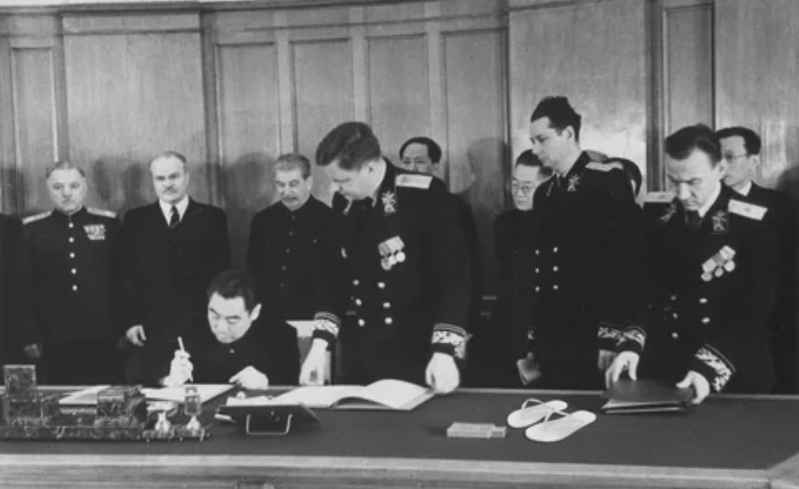
On February 14, 1950, China and the Soviet Union signed a series of agreements, including the Sino-Soviet Treaty of Friendship, Alliance and Mutual Assistance, the Sino-Soviet Agreement on China’s Changchun Railway, Lushunkou and Dalian, and the Sino-Soviet Agreement on Loans to the People’s Republic of China. The substantive contents are as follows:
1. A substantive alliance relationship was established between China and the Soviet Union;
2. Dalian was now returned to the Chinese government, Port Arthur and the Manchuria Railway will be returned to the Chinese government by the end of 1952 at the latest;
3. The Soviet Union will lend China $300 million within 5 years, with an annual interest rate of 1%, and China will repay it within 10 years;
4. The Soviet Union’s property in Northeast China and Beijing will be transferred to the Chinese government free of charge;
5. Finally, there is a secret agreement: no third-party capital other than China and the Soviet Union shall enter the Soviet Far East and Central Asia, Northeast China and Xinjiang regions of China; the Soviet Union will send air forces to help China defend its airspace.
The last one here is not easy to understand. It can be simply understood that the Soviet Union does not want the emergence of American forces in Northeast China and Xinjiang regions near itself, which is still the thinking mode of the buffer zone maniac. Of course, it also means to distance Sino-US relations as much as possible. In return, the Soviet Union agreed to send air forces to help China protect East China. The signing of this series of treaties meant that a completely equal alliance relationship was established between China and the Soviet Union. The Soviet Union not only returned the previously occupied Lushun, Dalian, Manchuria Railway and a series of other assets, but also provided China with a large amount of economic and military assistance.

This is the achievement of Chairman Mao’s perseverance and endurance. He once again helped China complete an impossible task. After the news was passed back to China, the whole country was plunged into a sea of jubilation. No one expected that Chairman Mao rushed to the Soviet Union alone and actually got Lushun and Dalian back. From then on, he officially formed an alliance with the Soviet Union. The happy days of New China seemed to be just around the corner.
But at this moment of celebration, one person was in worry. This person was Chairman Mao himself, who had just completed the negotiations. On March 4, after Chairman Mao and his party returned to Beijing, the Central Committee of the Communist Party of China wanted to know the details of this visit, but Chairman Mao was unwilling to talk more and handed this task to Premier Zhou. Chairman Mao believed that although the negotiations were assisted by international public opinion, they were too smooth and abnormal. Stalin suffered a big loss and would never give up. In fact, the attitude of the Soviet Union had begun to show in the later stage of the negotiations. The Soviet negotiators’ requirements for the terms became more and more rigid, which was very different from the friendly attitude at the beginning. Chairman Mao felt that Stalin would definitely take follow-up actions. But there were too many things in New China, and Chairman Mao had no time to think about it. He soon plunged into the intense work. Chairman Mao’s worries were right. In April 1950, a train secretly set off from Pyongyang and headed straight for Moscow. It brought dark news.
Author comments:
1. If Chairman Mao had not resisted the pressure from the whole country and insisted on visiting the Soviet Union in the early days of the founding of the People’s Republic of China, and had not stayed in the Soviet Union to continue to put pressure on Stalin in order to complete his mission, the "god assist" sent by the Americans would probably be meaningless. For example, if it was only a senior diplomat of our country who stayed in the Soviet Union at the beginning, then Stalin would basically have left him alone until he could not stand it and returned to China. No matter what the United States said, Stalin might have ignored it and would not have cared about hurting Sino-Soviet relations. However, it was precisely because it was Chairman Mao himself who visited that Stalin was very cautious and did not dare to really hurt Chairman Mao’s feelings, and finally made an unprecedented huge concession.
2. You may not understand why China was still looking for the Soviet Union to help defend North China after it was founded. The answer is simple, because China did not have an air force at that time, let alone aircraft, and even the organization of the air force had not been figured out, and there were very few pilots. Chiang Kai-shek’s faction in Taiwan desperately sent planes to bomb mainland China. When Chairman Mao was in the Soviet Union, the Kuomintang’s planes also bombed power plants and water plants in Shanghai. It was not until after the War to Resist U.S. Aggression and Aid Korea that China established its own air force with the full support of the Soviet Union. All the planes were sent by the Soviet Union, and all the pilots were trained by the Soviet Union. From this one thing alone, we can see why Chairman Mao had to choose one between the United States and the Soviet Union as an ally, otherwise there would be no way to develop after the founding of the country.
3. Here I want to make it clear that China cooperates with the Soviet Union and the United States without any ideological restrictions. China’s only principle is to build a strong country, no other principles, no matter what you believe in or what social system you have. This is also the reason why I wrote another series of stories about the Iron Chancellor Bismarck. Bismarck’s governing principle was only to unify Germany, and there were no other principles. I appreciate this realism very much. However, neither the Soviet Union nor the United States are kind-hearted rich people. Their aid is like borrowing money from banks now. The poorer you are, the less they care about you. The richer you are, the more enthusiastically the bank asks you if you want it. China, which has been "educated" by Western powers for a hundred years, understands that if it does not show strong strength, the Soviet Union will not invest real money in China. No one will support a waste, right?


